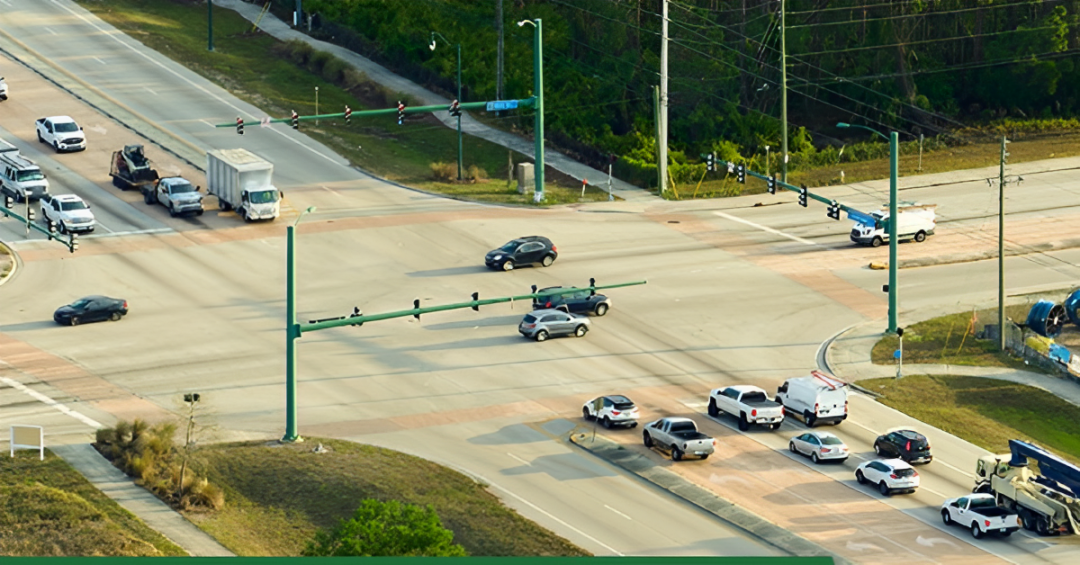Navigating busy intersections can often be confusing, especially when trying to make a left turn. Many drivers in North Carolina find themselves hesitating, wondering if it’s legal to pull into the intersection while waiting to turn. If you’ve ever been stuck behind someone unsure about the rules—or you’ve been that person yourself—this article breaks down what the law says about making left turns at intersections in North Carolina.
What the Law Says About Left Turns in North Carolina
Yes, it is legal in North Carolina to pull into an intersection while waiting to turn left, but specific conditions must be met.
According to North Carolina traffic laws, drivers are allowed to enter an intersection with a green light or a blinking yellow light if they intend to make a left turn. However, entering the intersection while the traffic light is red is prohibited.
Master Trooper Christopher Casey with the North Carolina State Highway Patrol clarified this rule in a statement to The Charlotte Observer:
“There’s really no law that says you can’t enter past the stop line. And I know everyone does it. We see it all the time.”
So, if the light is green or blinking yellow and the intersection is clear of oncoming traffic, you’re permitted to pull forward into the intersection to prepare for your left turn.
What Happens If the Light Turns Red While You’re Waiting?
Here’s where things can get tricky. While pulling into the intersection to wait for a turn is legal, staying there when the light turns red can lead to unsafe conditions. Drivers stuck in the intersection after the light changes must clear the area as quickly as possible.
Failing to move out of the intersection after the light turns red could result in a citation for unsafe movement.
“If you get caught out there, you’re in no man’s land, and you can never make that turn,” Trooper Casey warned.
Drivers are responsible for ensuring they can safely complete their left turn before the light changes. If they cannot, they risk fines, points on their driving record, and higher insurance rates. According to the Cotten Law Firm in Wake County, these violations can quickly add up, creating long-term consequences.
How to Safely Navigate Left Turns at Intersections
To stay safe and avoid penalties, consider these tips when making a left turn in North Carolina:
- Observe Traffic Flow: Always wait for a clear opening in oncoming traffic before attempting to turn.
- Avoid Blocking the Intersection: If traffic ahead is heavy or there’s no safe gap, do not pull forward and risk getting stuck.
- Anticipate Light Changes: If the light turns yellow while you’re in the intersection, prepare to complete your turn quickly and safely.
- Follow Road Signs: Some intersections have specific signs or signals for left turns. Obey these signs to avoid confusion or citations.
- Stay Calm: Traffic situations can be frustrating, but patience can prevent accidents or unnecessary risks.
Understanding the Consequences of Unsafe Movement
Unsafe movement citations in North Carolina can have serious implications. These include:
- Monetary Fines: The amount may vary depending on the severity of the violation.
- Points on Your Driving Record: Accumulating points can lead to license suspensions.
- Increased Insurance Rates: Insurance companies often view traffic violations as indicators of risky driving behavior.
By understanding and following the rules, you can avoid these consequences and ensure smoother commutes for everyone on the road.
Note: Every piece of content is rigorously reviewed by our team of experienced writers and editors to ensure its accuracy. Our writers use credible sources and adhere to strict fact-checking protocols to verify all claims and data before publication. If an error is identified, we promptly correct it and strive for transparency in all updates.








